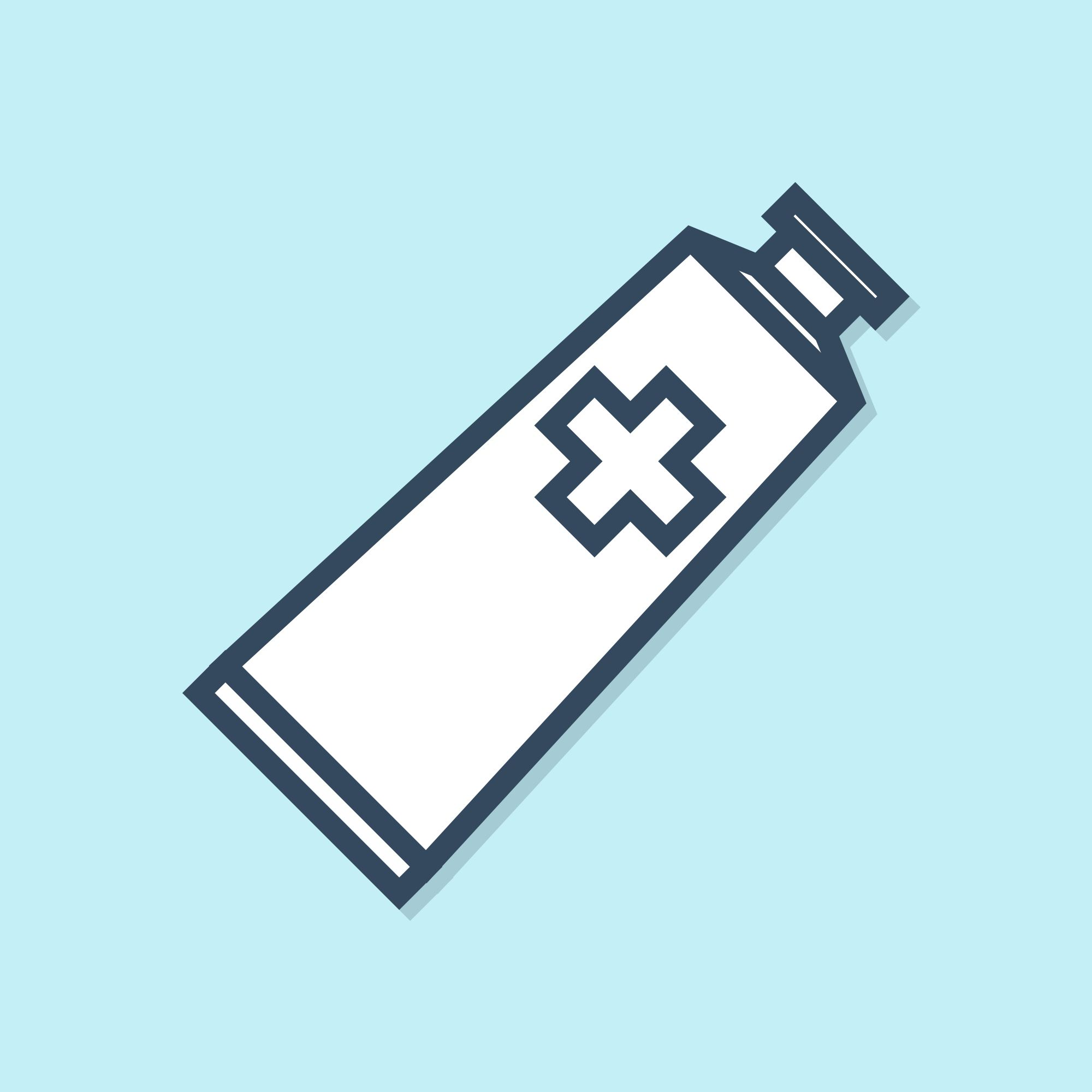Treatment of Scabies
If a scabies infection has been identified
Assess and monitor for pain
Administer medications to relieve symptoms if prescribed
All close contacts should be treated simultaneously, including residents, employees, and visitors
Assess the integrity of the skin
Educate on avoiding rubbing and scratching- keep resident nails short
Prevent contact by implementing transmission-based precautions
Isolate
Refer to Scabies Outbreak Management
|
Treatment Scabicides or anti-scabies medications are to be initiated based on the doctors advice and orders. Topical permethrin is usually the first-line treatment for scabies. Topical medication is to be applied to dry skin from the neck to the feet and left on for a minimum of eight hours (e.g., overnight). Treatment should be repeated after seven days. Other treatments for scabies include topical benzyl benzoate and oral ivermectin. Treatment failure is often due to lack of coverage, medication not left on the skin for the required time, and reinfestation from other undetected cases. All close contacts, including employees, visitors, and residents, should be treated to stop the spread of the infestation. Crusted scabies management may be complex and treated in consultation with an infectious disease consultant or dermatologist. |